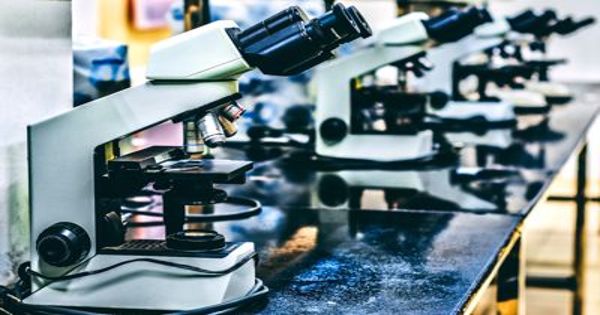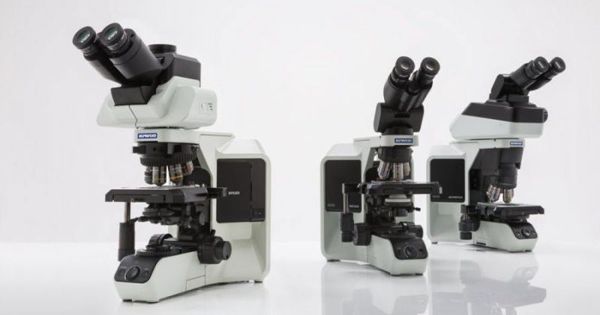A team of scientists and students from the University of Sheffield have developed and constructed a sophisticated microscope and shared the construction instructions to help make this equipment accessible to many laboratories around the world. The microscope, dubbed the smfBox, is capable of single-molecule measurements, enabling scientists to look at one molecule at a time, rather than producing average findings from mass samples, and performs almost as well as commercially available instruments. This single-molecule technique is actually only used in a few small laboratories around the world due to the expense of commercially available microscopes.
A team from the University of Sheffield has designed and built a single-molecule microscope for one-tenth the cost of commercially available models — and shared the build instructions to make the equipment more readily available.
The team published a paper in the journal Nature Communications on 6 November 2020, which includes all the construction directions and software required to operate the microscope to help make this single-molecule approach available to laboratories around the world.
The interdisciplinary team from the Chemistry and Physics Departments of the University of Sheffield and the Central Laser Facility at the Rutherford Appleton Laboratory spent a comparatively modest £400,000 to create a kit that would usually cost over £400,000 to purchase.
The microscope has been constructed with simplicity in mind, so that researchers interested in biological problems can use it with little preparation, and the lasers have been protected in such a way that they can be used in regular lighting conditions and are no more risky than a CD player.

Dr Tim Craggs, a leading academic on the project at the University of Sheffield, said: “We decided to democratize single-use molecular measurements and make this tool available to all labs, not only a few laboratories around the world. This work takes on what was a very costly, specialized piece of equipment, and offers each lab a blueprint and tools to create it on its own, to a fraction of the cost.
“Many medical diagnostics are moving towards increased sensitivity, and there is nothing more sensitive than detecting single molecules. In fact, many new COVID tests currently under development work at this level. This instrument is a good starting point for further development towards new medical diagnostics.” The initial smfBox was designed by a team of academics and graduate students at the university.
The microscope, he said, is made from readily available parts and the team has purchased some main elements, such as lasers and detectors, from specialist suppliers. The main body of the microscope is made of machined aluminum, the CAD files that are used in the work. The microscope is constructed in such a way that it can be used with little preparation, and the lasers have been protected in such a way that they can be used in regular lighting.
Ben Ambrose, PhD leader of the team, said: “This project was an outstanding opportunity to collaborate with researchers at all levels, from undergraduates to scientists at national laboratories. Between biophysicists and engineers, we have built a modern and open forum to do some cutting-edge science without breaking the bank. We are now beginning to do some amazing work with this microscope.
The Craggs Lab at the University of Sheffield has also used smfBox in its research to explore basic biological processes, such as DNA damage detection, where increased knowledge of this area could lead to better treatments for diseases, including cancer.















